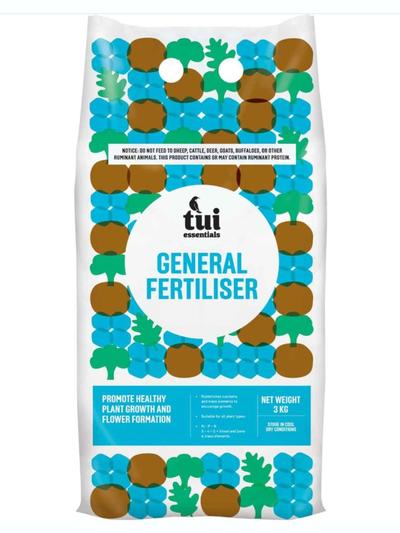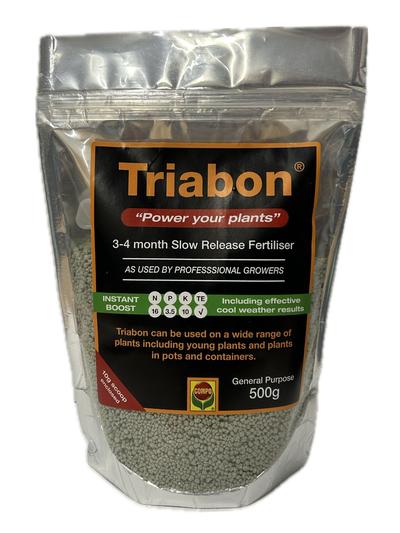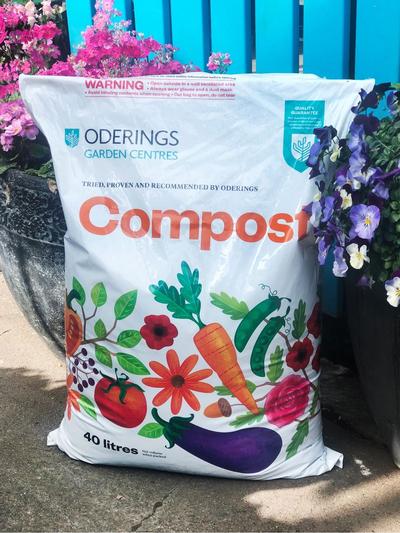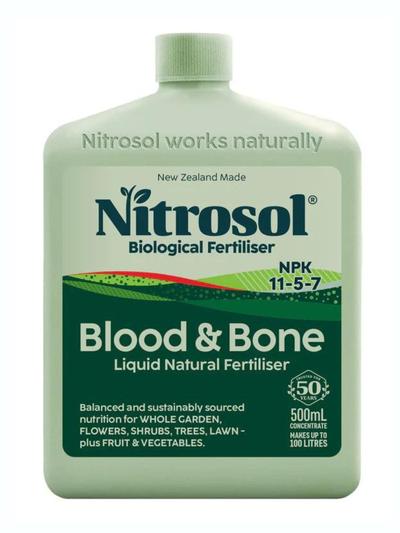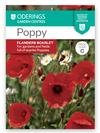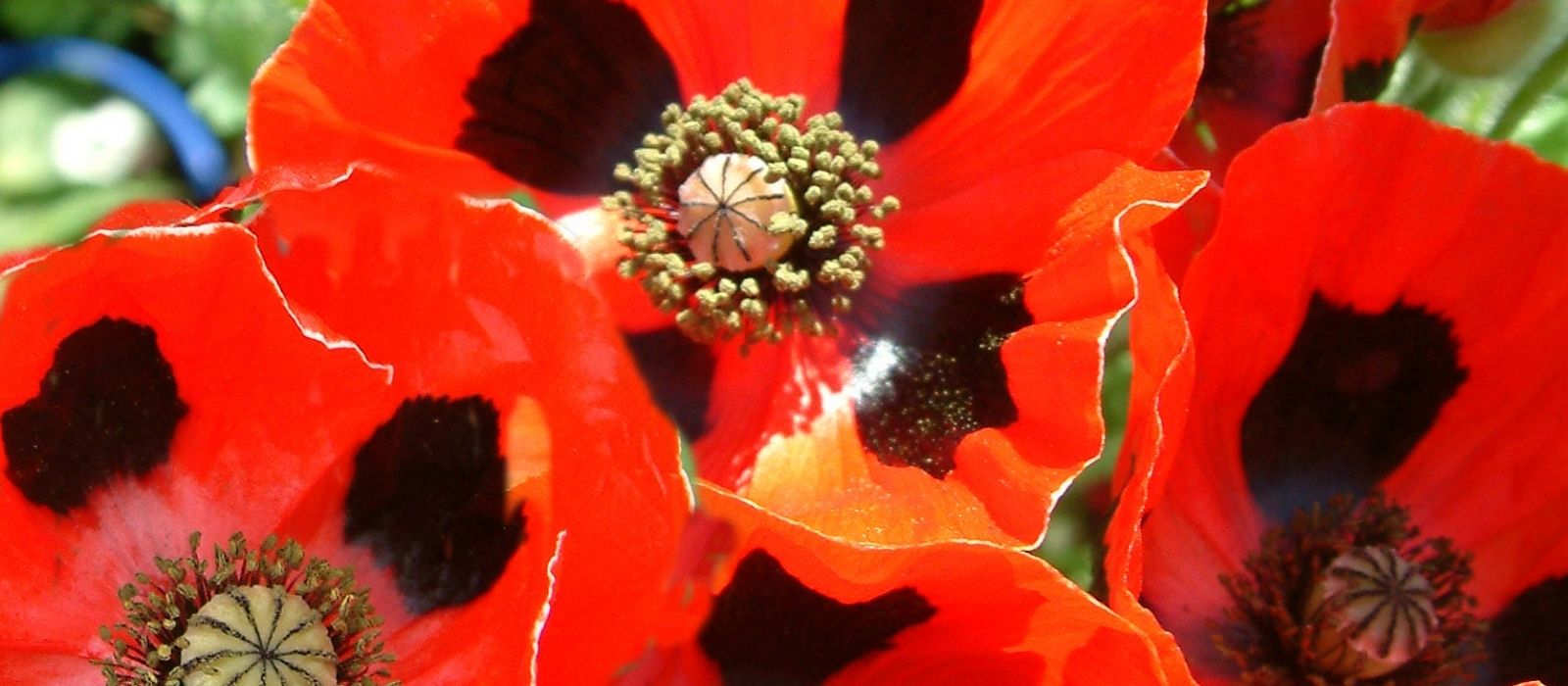
From the battlefields of World War I to our gardens today, the Anzac poppy serves as a living reminder of courage, sacrifice, and hope.
Position
Plant poppies in full sun for the best blooms. They thrive in well-drained, fertile soil.
Prepare Soil
Garden: Loosen the soil and enrich it with compost to encourage healthy growth.
Pots: Use a high-quality potting mix that drains well to prevent waterlogging.
Feed
Garden: Apply a balanced fertiliser during the growing season to promote vibrant blooms.
Pots: Feed monthly with a liquid fertiliser to support flowering.
Watering & Mulching
Water regularly, but avoid overwatering, as poppies prefer drier conditions. Mulch lightly to retain soil moisture and suppress weeds.
Protection
Poppies are hardy plants but benefit from shelter in extreme weather. Deadhead spent flowers to prolong blooming and prevent excessive self-seeding.
Harvest
Cut poppy flowers early in the morning when the buds are just opening for long-lasting arrangements.
Garden Expert Tip
Allow some poppies to go to seed at the end of the season for a naturalised, self-sown display next year.
A Legacy in Bloom
The Anzac poppy’s journey from the battlefields of Flanders to its place in our gardens today is steeped in history. Immortalised in John McCrae’s poignant poem In Flanders Fields, the poppy became a symbol of remembrance in 1921, thanks to the efforts of Moina Michael and Anna Guérin. Today, it is worn proudly around the world to honour the fallen and teach future generations the importance of remembrance.
Planting poppies in your garden is not only a way to enjoy their beauty but also to keep alive the legacy of those who served.


